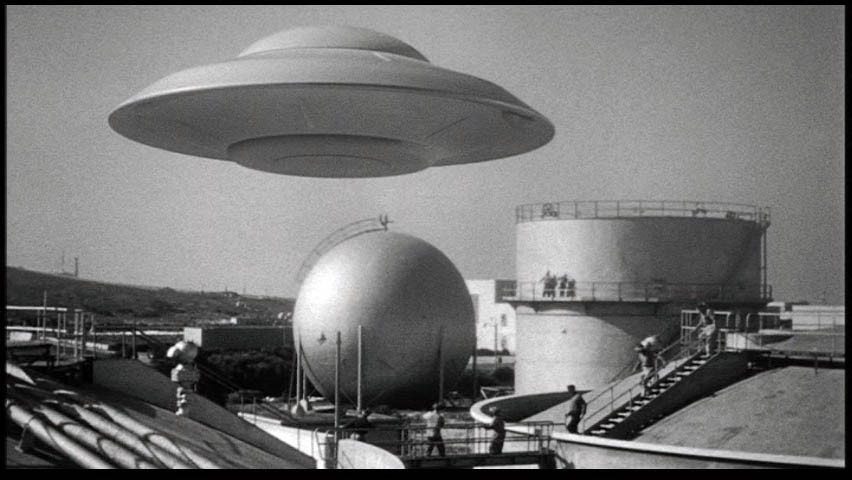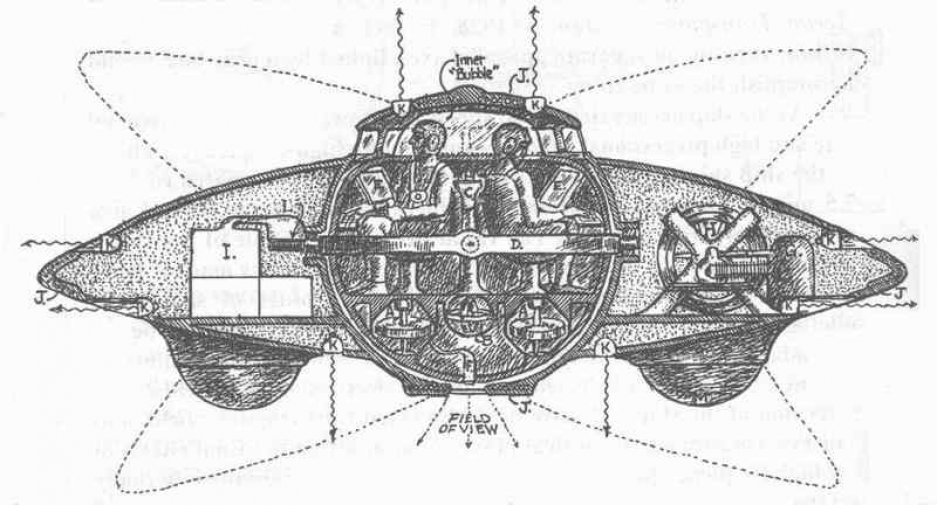The desert of the real. Most who might recognize the expression will do so from The Matrix. It was, however, French philosopher Jean Baudrillard who coined and invested it with a characteristic, suggestive ambiguity.
Philosopher Slavoj Žižek puts his own spin on the notion in his work on the 9/11 attacks and related matters, Welcome to the Desert of the Real. There, he contrasts “everyday social reality” with that Real that explodes our expectations concerning that “average everydayness”, such as 9/11 or Ernst Jünger’s experience as a storm trooper in the Great War of “face-to-face combat as the authentic intersubjective encounter.” In general, the irruption or intrusion of the Real recasts, redefines, and reconfigures what we had taken for normal or possible or “real”. In this sense, surely, the UFO or Entity encounter, in their disturbing uncanniness, count as such an experience of the Real.
Baudrillard is equally famous (or infamous, depending on who one talks to) for developing the notion of hyperreality (in his work Simulacra and Simulation). In a media-saturated society, the relation between original and copy becomes reversed, where the copy insures the truth of the original, to the point where even talk of originals and copies becomes senseless. American novelist Don DeLillo provides a good example: in his novel about the Kennedy assassination, Libra, a woman in the crowd that has come out to see the president says excitedly, “Oh! He looks just like his pictures!”.

Representations of UFOs and aliens, whether of “authentic” photographs, artists’ renditions, or images endlessly produced by the media of popular culture have proliferated since 1947. In this environment, skeptics are quick to observe, credulous, imaginative, or otherwise fantasy-prone persons, let alone lay people or “well-trained observers” will draw on this image bank to interpret objects they cannot identify: the UFO looks just like its pictures, factual or fictional.
Of course, as the cognoscenti will be quick to reply, UFOs and the entities associated with them demonstrate a wild variation, to the point that any recognizable consistency in their appearance is stretched almost to a breaking point (a thesis held especially by Jose Caravaca). And this observation is surely so, limiting the explanatory power of the skeptic’s argument, above. UFOs and their associated entities sometimes appear with such high strangeness they transcend their existing representations, reinstating their unidentifiable, anomalous character. This singularity (which can get caught up in the subsequent forging of a chain of representations, the process of the production of hyperreality) I propose to call hyporeal, in contrast to Baudrillard’s coinage.
But the UFO and related entities are not to be caught in even so neatly woven a net of terminology. In the way that it inspires awe and terror akin to the numinousity of religious experience forever altering the worldview of the witness or experiencer the UFO is an instance of the Real. In as much as the UFO or entity is recognized as such, resembling its media representations, the UFO sighting or entity encounter is an example of hyperreality. Alternatively, the high strangeness of a sighting or encounter that reinscribes the alien otherness to the phenomenon is a mark of its being hyporeal. However, the UFO and extraterrestrial, being ubiquitous to popular culture, regardless of the specific import of that omnipresence, is an aspect of our “average everydayness”, something the child being raised in a culture learns about, making it no less real than any other thing we encounter in our “everyday social reality”.
[Thanks to MJ Banias for originally provoking reflection on just how Žižek’s thoughts might apply to the UFO.]


7 thoughts on “Encounter in the desert of the Real”